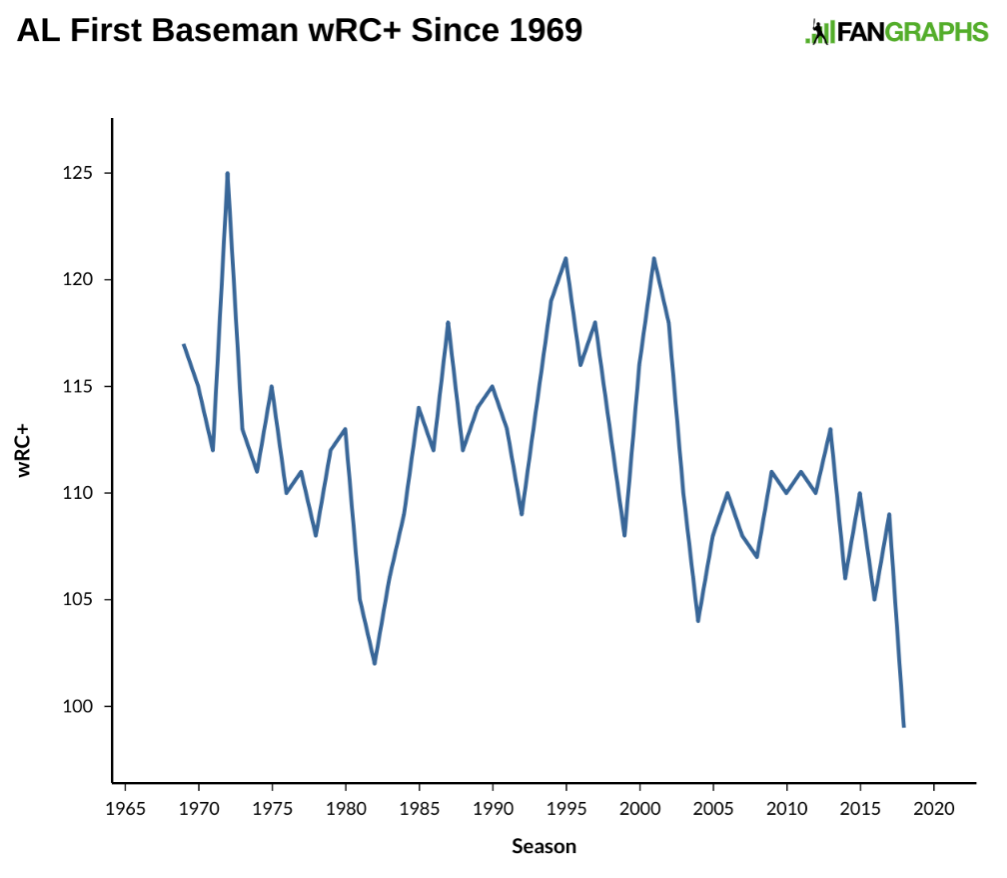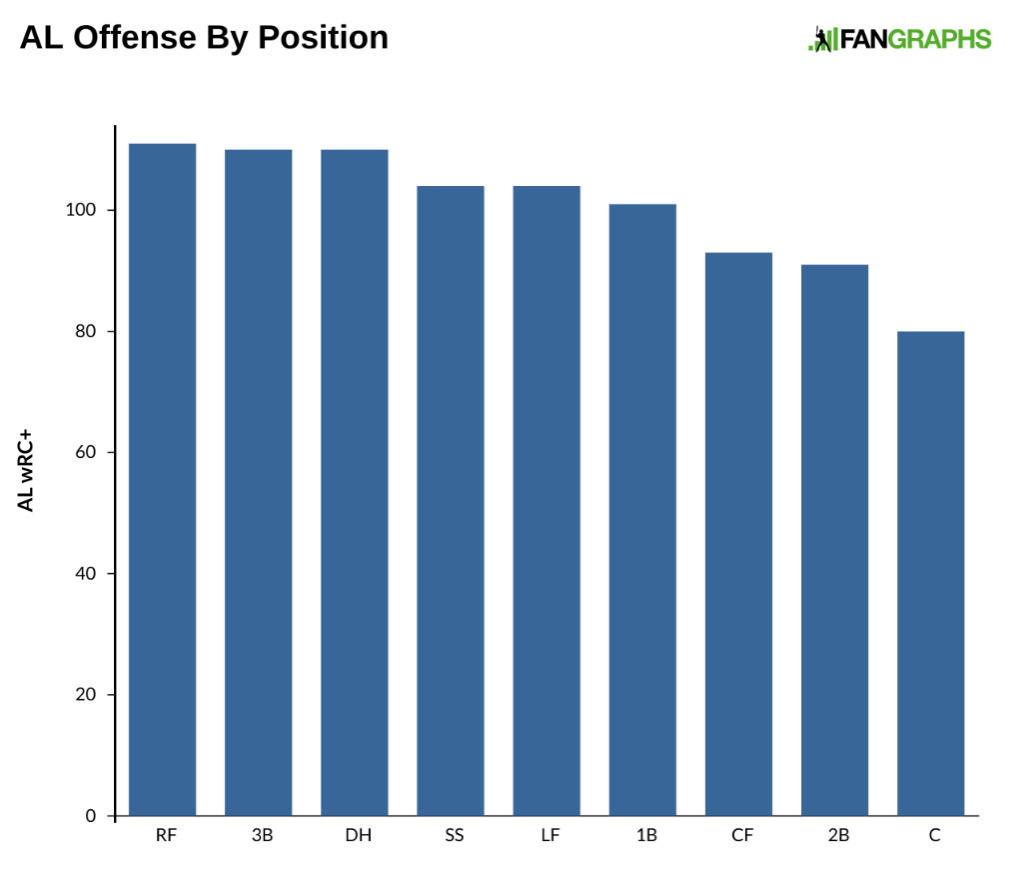Early 2019-21 Draft Rankings
The 2018 MLB Draft’s signing deadline passed last week, and more teams failed to sign their early picks than is typical. Ultimately, four of the top 36 selections opted not to enter professional ball, all from the prep ranks. Those players are as follows: RHP Carter Stewart (Atlanta’s pick at No. 8), SS Matt McLain (Arizona at No. 25), RHP J.T. Ginn (Dodgers at No. 30), and Gunnar Hoglund (Pirates at No. 36). Scouting details on those individuals can be found on THE BOARD.
This has left those teams with one fewer prospect in their system than anticipated (all four teams get a compensation pick in next year’s draft), but more significantly, it moves a handful of premium talent into future draft classes. This year’s crop of unsigned high schoolers now serves as a preview of the college talent pool for the 2021 draft, but there are also a few 2020 prospects who are eligible early because they’re old for their class. There’s also a possibility that some could find their way into the 2019 draft class if they opt to attend junior college. We’ll reclassify players on THE BOARD as they change.
With that in mind, we thought it reasonable to present snapshots of each of the next three draft classes based on how we have the players graded right now. The industry’s evaluation of the 2019 class is already underway in earnest (Team USA, Cape Cod, and prep showcases are all occurring as we speak), and we’ve lined up a short list of the class’s top names thus far over on THE BOARD. Our 2020 list is mostly composed of the players we regarded as the best college freshmen this year, though we know of a few high schoolers who look like early first-round talents, too. The 2021 list is just a ranking of the high schoolers who didn’t sign in this year’s draft, exactly as they appeared on our 2018 draft board. We’re skeptical of prep players who have popped up this early because it’s often the result of physical maturity, but we don’t think that’s the case for Pennsylvania high school RHP Kevin Bitsko, whom we have evaluated similarly to the lean projection arms who are 40 FVs on the July 2 list.
We’re still too early in the process to make conclusive statements about the talent level of the 2019 draft class as a whole, much less the 2020 or 2021 varieties, so all this could change. As it stands now, however, the 2019 class collectively appears to lack the depth of the 2018 crop. By this time last year, we had a rough idea of how deep the high-school pitching was and knew that the Southeast had an overwhelming volume of talent. College hitting is the strength of next year’s draft class, and there’s lots of depth to the college crop in general, but the prep class lacks the quantity of players who are regarded as in-a-vacuum first rounders that one customarily sees at this point. Moreover, the college pitching class lacks a guy who looks like a top-five or -10 selection right now, though Casey Mize didn’t fit that criteria last summer and then ended up going first overall to Detroit in June.



